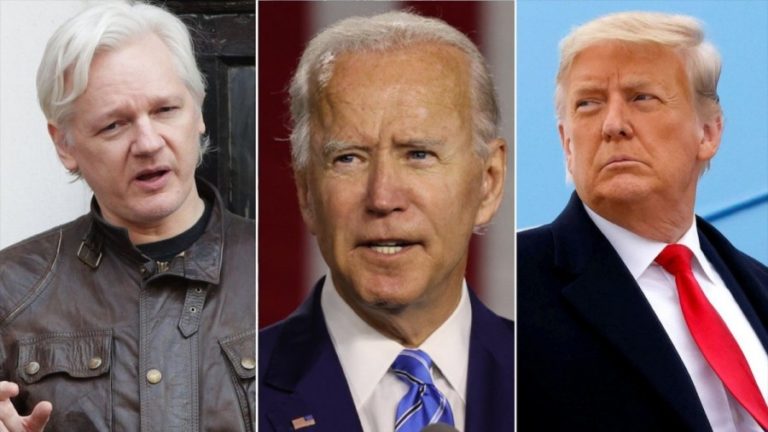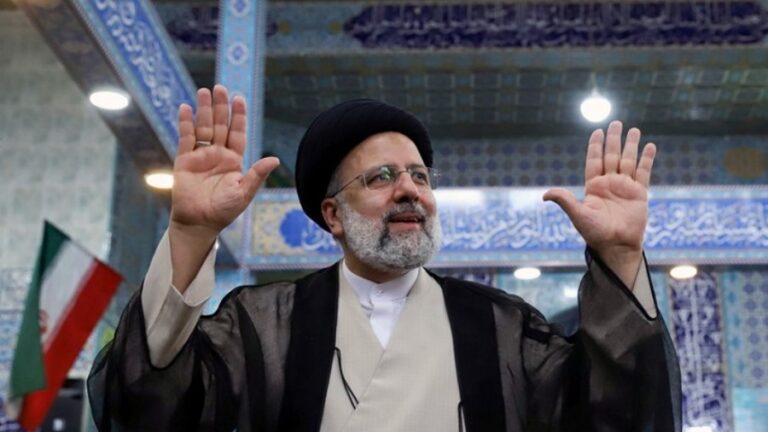On some of the Significant Events in East Asia towards the End of 2019
There has been a series of events that have shaped the overall political landscape in East Asia, and all of the events which have been more or less significant are worth reflecting on. After all, this is the first place where we see the interests of the world’s two most powerful countries collide — the United States and China. Japan’s return to the “Great Global Game” of politics is increasingly having an influenced on the region.
The evolution of the region’s political landscape is essentially determined by the changes that take place in the strategic China-Japan-US triangle. The game is being played between these three sides includes smaller shapes inside the triangle of secondary level importance . These games include matches being played out in Japanese-South Korean and Japanese-Russian relations, in trying to solve the “North Korean problem” which all the players are concerned about.
The overall situation in East Asia was looking fairly gloomy until relatively recently. That was mainly down to the lack of progress being made in the US-China talks on trade and economic relations. They have been having these talks since spring 2018, and from the outside looking in, the negotiations are like a full 12-round boxing match, with both fighters looking absolutely exhausted.
The only difference is that there are no spectators with popcorn watching the flight outside the ring, but people who have unwittingly become victims of the drawn-out showdown (which has turned into a “trade war”) between the world’s two political and economic heavyweights. That is why people can be heard calling for them to come to some sort of agreement from different sides. For example, there are calls from the leaders of the IMF.
However, the problem is that blows were exchanged while the negotiations were still going on, and time has not healed these wounds, but has only made them worse.
A week before the first optimistic signs of results were seen from the last round of talks, the Director of the National Economic Council under the President of the United States, Larry Kudlow reiterated that if the talks fail to make any significant progress before the target date of December 15 this year, set three months earlier by President Donald Trump, then they will start raising tariffs (“without hesitation” and “immediately”), and applying them to most Chinese imports (worth about $ 160 billion), which have not yet been affected by these measures.
It would be no exaggeration to say that this move would be catastrophic for trade and economic relations, and would have a maximum negative impact on political relations between the world’s two most powerful countries, as well as on the situation in greater East Asia.
That is why on December 13, Donald Trump tweeted “We have agreed to a very large Phase One Deal with China…This is an amazing deal for all,” which has allowed “spectators” to breathe a sign of relief for the festive season, and have a more or less calm celebration of Christmas and New Year.
The details of this “deal” are scarce. Perhaps they simply do not exist yet, but the mutual intention is there to make accommodations “over the next two years” to solve the problems that have divided them. Some examples would be (China’s) respect for intellectual property rights, (China’s) increase in imports of (mainly agricultural) American goods, and the gradual reduction of (US) tariffs which have already been imposed on the first half of products imported from China.
Let’s be honest, no miracles are going to happen overnight, but this is a process that will develop over time, and anything can happen in that time. But for now at least, we have a reason to wipe the sweat from our brows. This has been the generally deduction in articles commenting on the mid-December developments in relations between the two biggest players of the “Great Global Game.”
The second event was how China marked the 82nd anniversary of the Nanjing Massacre, which may at first appear to be far less important than the deal, but it would be fair to say that it was just as important in terms of the number of positive signals displayed.
The Nanjing Massacre was an episode of mass murder and mass rape committed by Imperial Japanese troops against the residents of Nanjing at the end of 1937, a few months into the Second Sino-Japanese War, which was a major part of the in the Second World War (. In February 2014, the People’s Republic of China established an official Nanjing Massacre memorial day (December 13) to remember this tragic event, while historians still argue about the real causes and scale of the tragedy.
It is worth highlighting that in Beijing has not made any official claims against Tokyo over this event. Moreover, no material compensation has been demanded. This is seen as the fundamental difference between China’s position in the recent history of its relations with Japan and South Korea’s position. There are certain forces that are actively exploiting a similar chapter of history to achieve rather short-sighted political aims and to the detriment of their own country’s interests. This is constantly being illustrated on HBO these days.
These are no real claims to speak of being made by Beijing, but Beijing has addressed Tokyo on this matter, in an address of a rather moral nature: in order for the emerging positive trend in bilateral relations to develop successfully, Beijing would like the Japanese Prime Minister to visit the Memorial Hall of the Victims of the Nanjing Massacre and pay his respects to the victims in silence. This would be similar to Barack Obama’s visit to Hiroshima in 2016, and then Shinzo Abe’s visit to Pearl Harbor.
“Never mind, we can do without your visit. At the end of the day, it’s your problem” – this is roughly how we can interpret Beijing’s reaction to the Japanese Prime Minister’s attitude towards the Nanjing Massacre and the point of an official visit to the memorial dedicated to it.
When Abe visited China in the autumn last year on the first official visit in 7 years, he stopped short of visiting Nanjing. However, quite a remarkable religious service took place towards the end of this year at the “wailing wall” in front of the Memorial Hall of the Victims of the Nanjing Massacre, in which Buddhist monks from both Japan and China participated. This may be seen as an important positive message from Tokyo to Beijing.
December of this year ended with Japanese Defense Minister Taro Kono’s remarkable visit to China (the first since 2009), who had held the position of Foreign Minister up until recently. It is worth pointing out that Taro Kono is one of the top contenders to become the leader of Japan’s ruling Liberal Democratic Party after Shinzo Abe’s (inevitable) departure in 2021. Taro Kono held talks in Beijing with his Chinese counterpart Wei Fenghe, who was invited on a visit to China (also for the first time).
The last significant upcoming political event to take place before the end of 2019 is the latest (the 8th) China-Japan-South Korea trilateral summit, which will take place on December 24 in the Chinese megacity of Chengdu. The discussion will mainly focus on the future of the project to create a trilateral free trade zone, which has been put on hold for more than a decade due to political turmoil between the participants. In recent years, problems in relations between Japan and South Korea have surfaced, and the leaders of both countries are to engage in (separate) talks with Chinese President Xi Jinping.
In all serious political negotiation rooms (the present drama of “the situation in the East Asia” being no exception), a decorative rifle always remains mounted on one of the walls. At the end of 2019, it made its presence felt in a variety of ways.
Above all, the event which stands out was apparently just a routine procedure for the US, which adopted its National Defense Authorization Act for Fiscal Year 2020 (already passed the Senate), a defense bill which specifies the country’s general defense policy going forward and establishes the sum to be allocated for defense funding. Like last year’s bill, the new one contains a special section which defines policies and specific activities in relation to Taiwan.
This time, it has attracted attention from Beijing, as the bill has been adopted on the eve of the upcoming general elections in Taiwan. It may be considered as a show of outspoken support for “separatist forces” on the island of Taiwan, which implies the ruling Democratic Progressive Party and the current President Tsai Ing-wen, who is running for a second term.
Another significant event was the public commissioning of China’s second aircraft carrier to the People’s Liberation Army, the first to be fully designed and built in China. Although China’s first aircraft carrier “Liaoning” served as its prototype, which in turn, was developed based on the (unfinished) Soviet heavy aircraft carrier “Varyag”. Chinese President Xi Jinping was on deck during the commissioning ceremony, as the new aircraft carrier was welcomed to the fleet.
The Japanese government’s “purchase” (it is unclear from whom) of the uninhabited Mage Island with an area of 8 square kilometers for 146 million dollars made headlines in Japan and further afield, which is located off Kyushu, the southernmost of Japan’s four “main” islands. A US military takeoff and landing training site will be moved to Mage Island. They currently train near the city of Iwakuni, located on the southeastern tip of Honshu, Japan’s largest island, where local residents have complained about the noise.
The reason the Japanese government has made this purchase is fairly reasonable, agreed in advance with its key ally. The only point that needs to be made is that Mage Island is in an extremely advantageous location, where it is possible to control the situation throughout the vast waters of the Sea of Japan, the Yellow Sea and the East China Sea.
Hopefully the positive trends that we have been observing in the East Asia towards the end of 2019 will continue to develop in the right direction and rule out any unnecessary “rifle shooting” from the actors on the regional political stage.
By Vladimir Terekhov
Source: New Eastern Outlook







